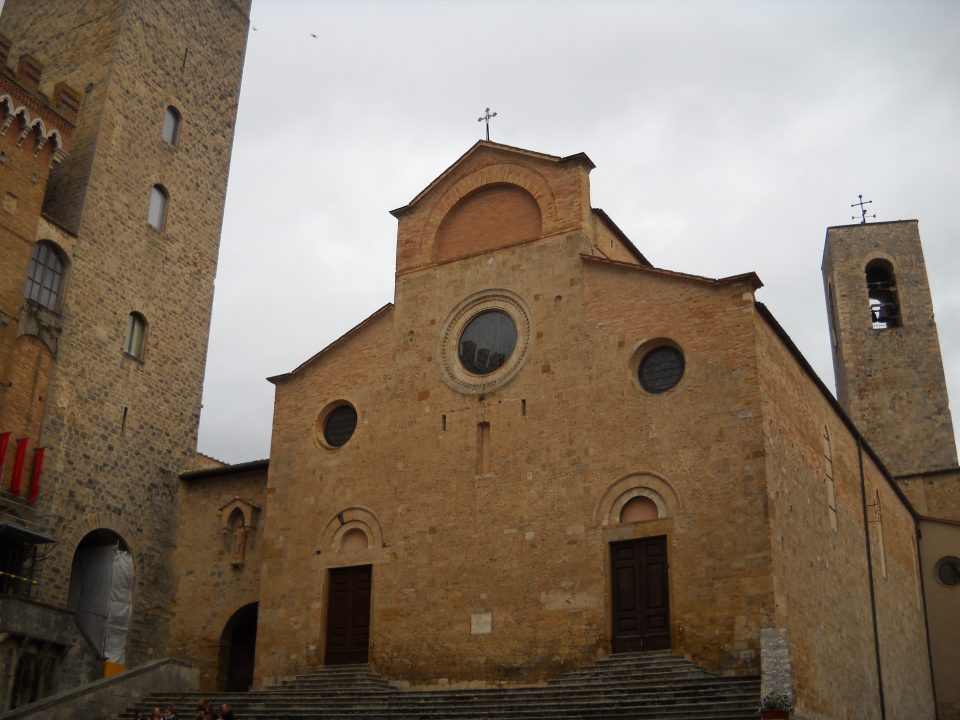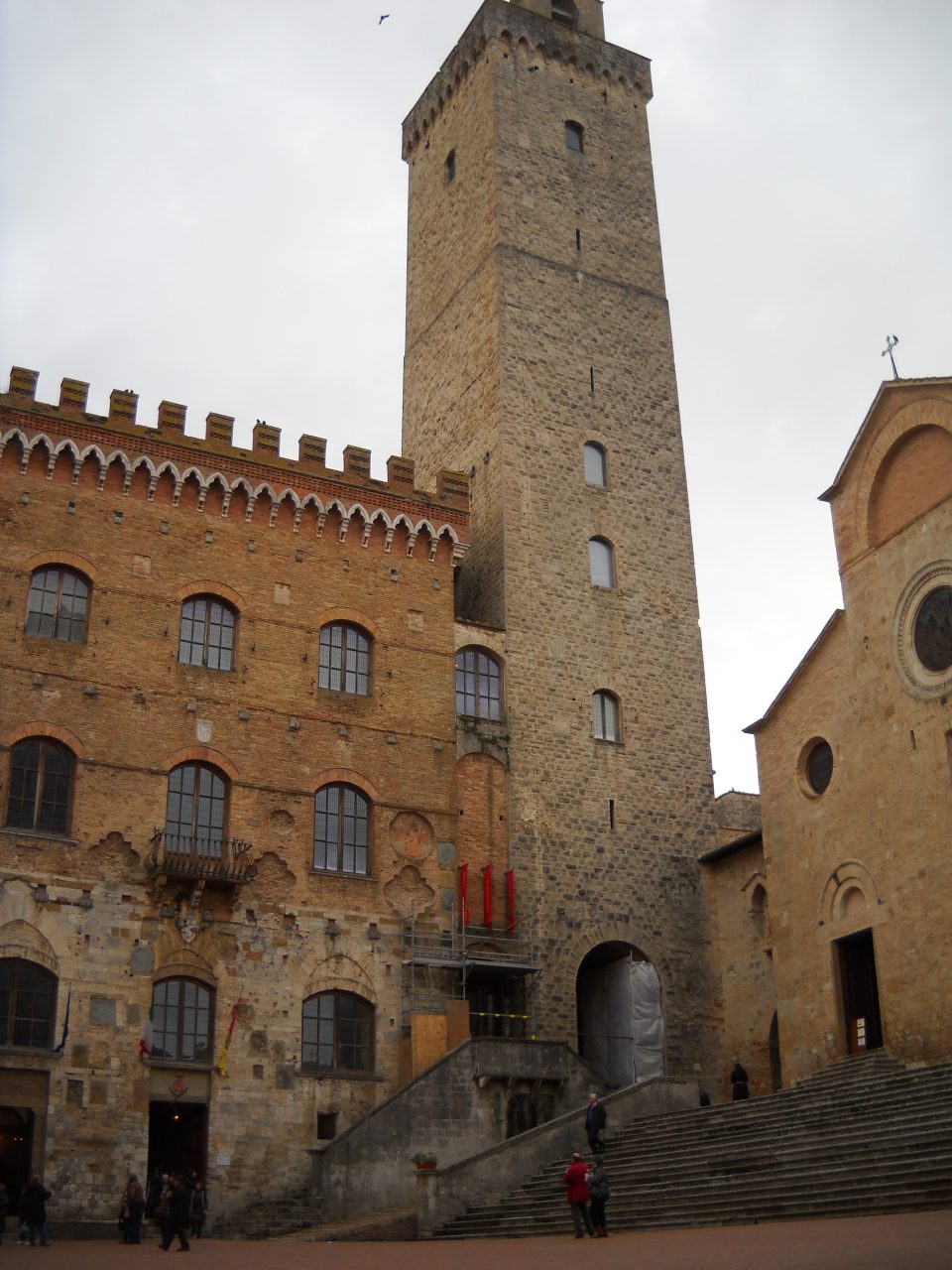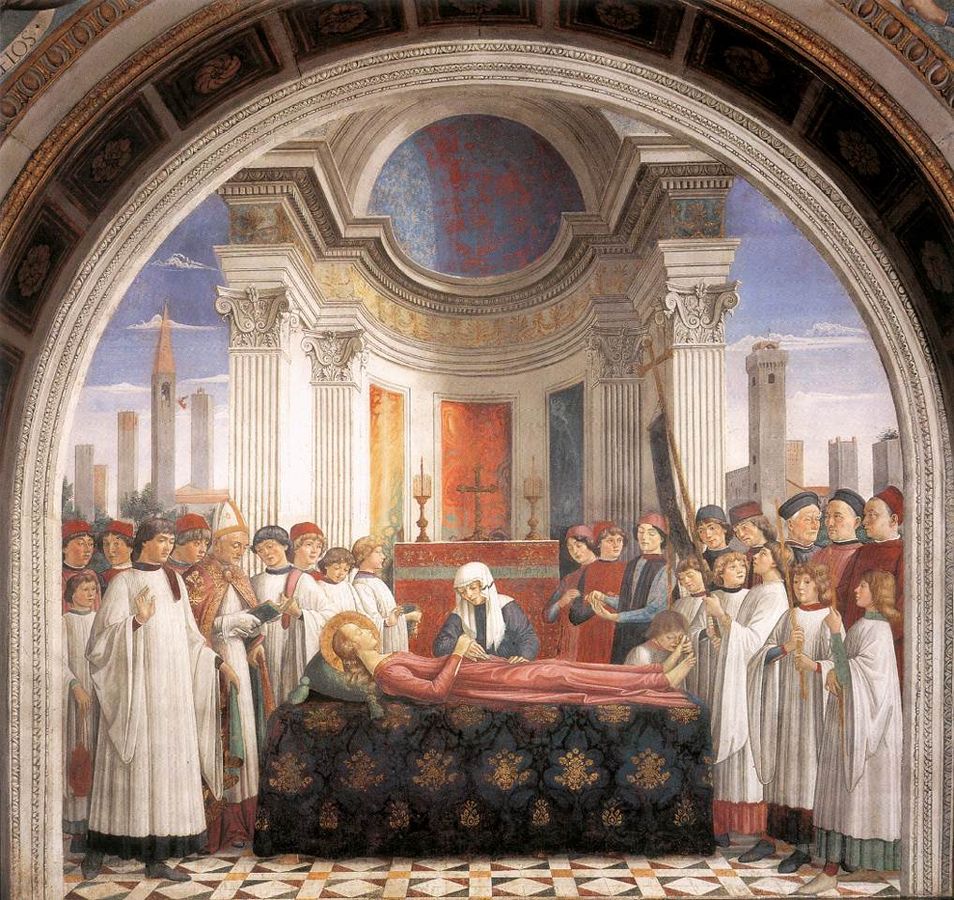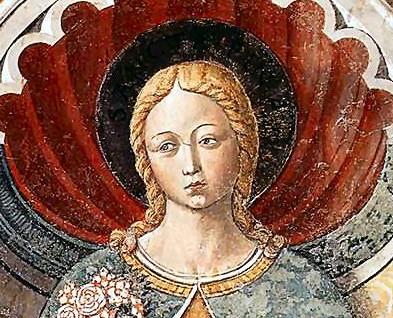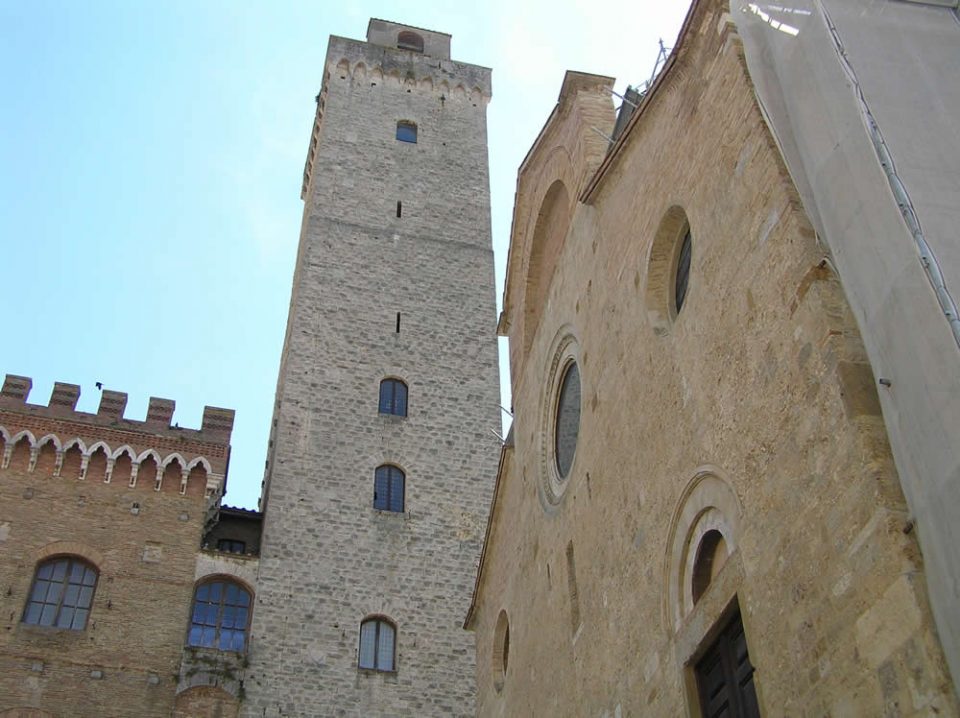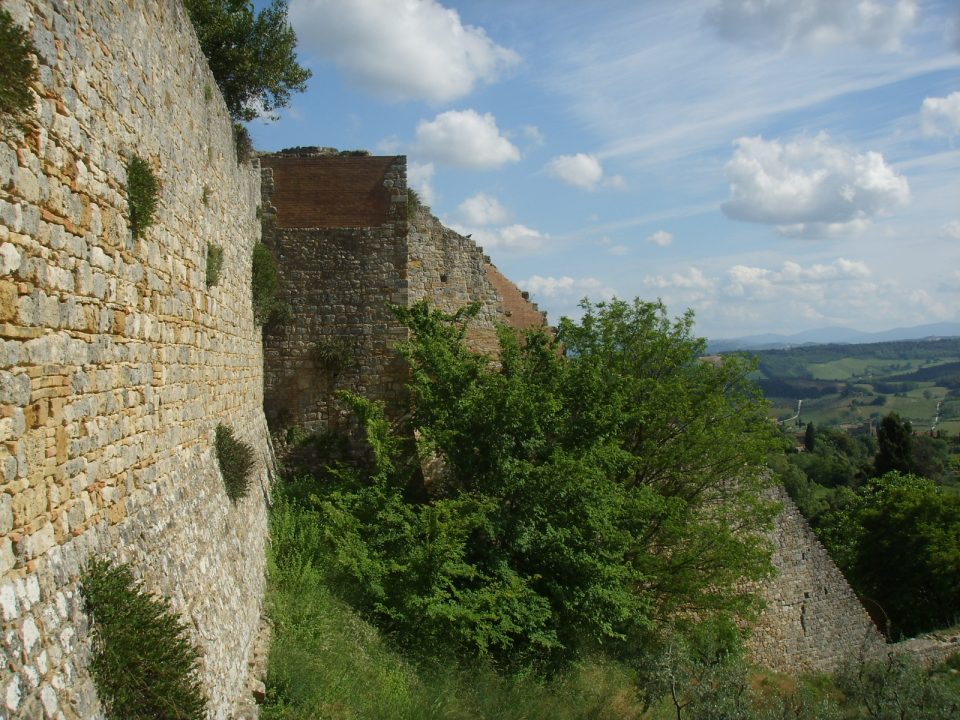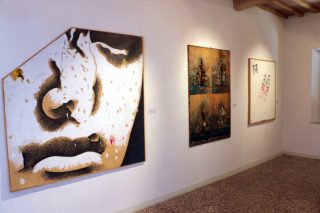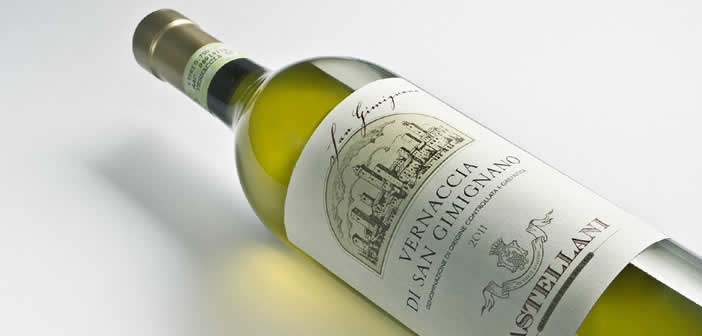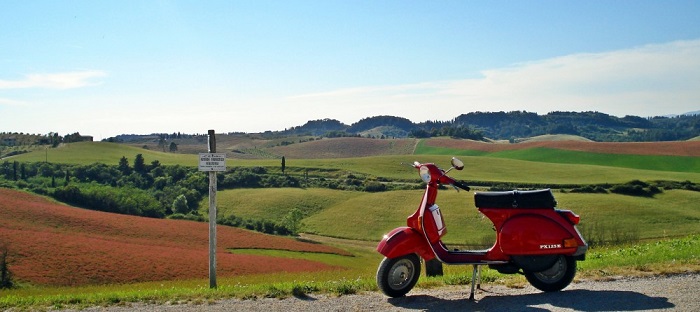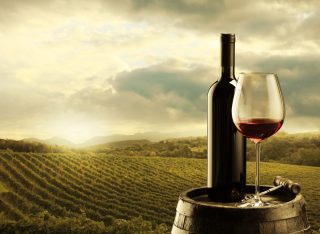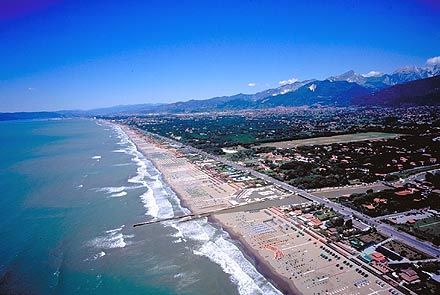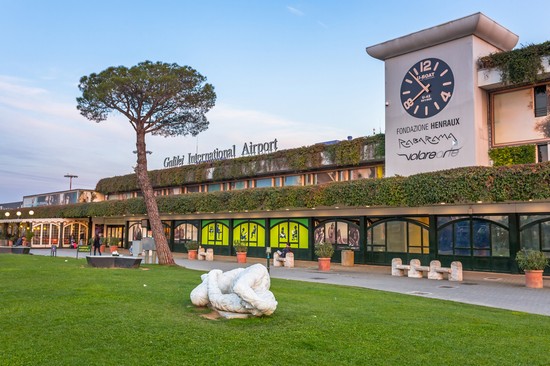DAY 5: SAN GIMIGNANO & SIENA
Today we head for San Gimignano,which is a small medieval town in the Province of Siena, in Tuscany. It rises on top of a hill (344 metres tall) dominating the Elsa Valley and it is a famous tourist town, whose unique collection of towers and winding lanes makes it a charming destination for tourists. Its historic centre is a UNESCO World Heritage Site. The town is also known for its white wine called Vernaccia di San Gimignano.
San Gimignano was founded by the Etruscans in the 3rd century. In the 10th century it adopted the name of the Bishop of Modena, Saint Geminianus, who had defended it from the Huns, led by Attila.x
In the Middle Ages the town increased in wealth due to its position on a trade and pilgrimage route, the famous Via Francigena, which was the most important route connecting Italy to the rest of Europe.
In the 13th century it became a very important producer of saffron, which was exported not only to Genoa, Pisa and Lucca, but also to France and the Low Countries.
Between the 11th and the 13th centuries 72 towers were built, rising above the town’s rooftops to witness San Gimignano’s prosperity. Nowadays there are only fourteen towers in San Gimignano.
Our walking tour begins at the Town Walls. We can pass through San Giovanni’s Gate and walk along Via San Giovanni, a street flanked by old palaces, going up to the centre of the town.
From here it is easy to reach Piazza Della Cisterna. This square has a triangular shape and it is lined with beautiful Medieval buildings and towers. It takes its name from the 13th-century cistern, located in its centre.
Leaving Piazza dell Cisterna behind us, we head off to Piazza Del Duomo, which features the most important buildings and palaces in San Gimignano.
On the left, at the top of a long flight of steps, we can admire the Cathedral of Santa Maria Assunta or Collegiata Church.
It is a Romanesque church, which was built in the 12th century and was enlarged by Giuliano da Maiano in the 15th century. It has a fine brick and stone façade dating back to the 13th century.
Inside the church there are beautiful Sienese and Florentine School frescoes such as the “Last Judgement” by Taddeo di Bartolo, “The Martyrdom of St. Sebastian” by Benozzo Gozzoli, “Episodes from the Old and New Testament” by Bartolo di Fredi and “Stories of Santa Fina” by Ghirlandaio.
At the bottom of the right nave of the Cathedral we can admire The Chapel of Santa Fina, which is a Renaissance masterpiece by Giuliano and Benedetto da Maiano (1468). On the walls there are frescoes depicting “Scenes from the Life of Santa Fina” by Ghirlandaio. Santa Fina, who is the Patron Saint of San Gimignano, is buried under the altar. On the altar there is a tabernacle containing Santa Fina’s relics.
Santa Fina (1238-1253) is celebrated in San Gimignano on 12th March, the anniversary of her death. On that day her relics are carried in procession in order to bless the town.
SAINT FINA
Saint Fina (1238–1253), or Saint Serafina, was an Italian Christian girl who is venerated in the Tuscan town of San Gimignano. Fina dei Ciardi was born in San Gimignano in 1238.She lived in a humble house located in the historic centre of San Gimignano. In 1248, Fina got ill but her deep faith relieved her pain. She refused a bed and chose to lie on a wooden pallet.
According to the legend, during her illness, her father and her mother died. In spite of her misfortune and poverty, she thanked God and expressed the desire her soul might separate from the body in order to meet Jesus Christ.
Fina’s immense devotion was an example for the citizens of San Gimignano, who often visited her. Visitors were surprised to receive words of encouragement from this young girl.
On March 4, 1253, after five years of sickness and pain, Saint Gregory the Great appeared in Fina’s room and predicted that she would die on 12th March. Fina died on that date at the age of 15.
Miracles attributed to Fina are described in stories, paintings, poems and important documents. Her most important miracle is her vision of Saint Gregory, also because she died on Saint Gregory’s day (12 March) as he had predicted.
Many sick people who visited her grave during the following years were cured and some of these became some of Fina’s most fervent devotees.
Saint Fina is celebrated in San Gimignano on two days: on March 12, the anniversary of her death, and on the first Sunday of August, the day on which people commemorate her stopping two plagues that ravaged the town in 1479 and 1631.On both days, her relics are carried in procession in order to bless the town. A traditional fair is held in Piazza del Duomo and Piazza della Cisterna.
Our tour continues with the Town Hall, which stands to the left of the Cathedral. It was built in the 13th century and it is the seat of the Civic Museum and the Art Gallery, so it is one of the most important monuments in San Gimignano.
The Civic Museum is on the top floor and contains beautiful frescoes such as “Maestà” by Lippo Memmi.
The Art Gallery contains a collection of Florentine and Sienese school paintings from the 13th to the 15th centuries including works of art by Filippo Lippi and Benozzo Gozzoli.
On the right-hand side of the Town Hall we can admire the wonderful Torre Grossa (Great Tower), which dates back to the 14th century. It is the tallest tower in town (54 metres tall). From its top you can enjoy a wonderful view of the Tuscan countryside: lovely Tuscan hills with villages, villas and groves of trees.
In Piazza del Duomo we can also see Palazzo del Podesta’, which is located on the opposite side of the Cathedral. It dates back to the 13th century and it is characterized by a stone and brick façade and by a tower called La Rognosa, also known as Torre Del Podesta’. This tower was built in the 13th century and belonged to the Gregori-Oti family. It is almost 52 metres tall and is the second tallest tower in town.
We suggest you have lunch in the famous restaurant, San Martino 26, where you can taste delicious dishes such as a selection of Tuscan “salumi” with chicken liver “crostini”, tomato bruschetta and pecorino cheese, Lasagna with wild boar sauce, mushrooms and potato cream with San Gimignano’s saffron, “ribollita”, and chianina beef fillet or Florentine steak with roast potatoes or spinach.
After lunch you can have an ice cream in the famous ice cream shop, Gelateria Dondoli, in Piazza della Cisterna, where you can taste a wide range of sophisticated flavours such as Crema di Santa Fina (cream with saffron and pine nuts),Champelmo (pink grapefruit and sparkling wine), Dolceamaro (cream with aromatic herbs) and Vernaccia Sorbet. Gelateria Dondoli is the best ice cream shop in the world. The owner has won the two titles at the Ice Cream World Championship.
From here it is easy to reach the beautiful Church of Sant’Agostino, which is a large Romanesque-Gothic church dating back to the late 13th century.
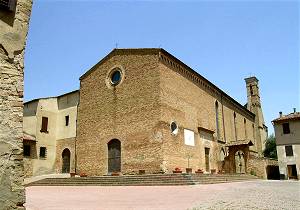 It contains a marble altar by Benedetto da Maiano, important Renaissance works of art, splendid frescoes by Pollaiolo and Ghirlandaio and outstanding frescoes by Benozzo Gozzoli depicting “Episodes in the Life of St. Augustine”.
It contains a marble altar by Benedetto da Maiano, important Renaissance works of art, splendid frescoes by Pollaiolo and Ghirlandaio and outstanding frescoes by Benozzo Gozzoli depicting “Episodes in the Life of St. Augustine”.
Next to the church we can see Sant’ Agostino’s Convent and a cloister.
Our walking tour continues towards the Rocca, a ruined fortress on the highest part of the hill, which was built under the Florentine rule. It is surrounded by parks and olive groves where you can sit and admire the Tuscan landscape.
Near the Rocca there is a small terrace and the famous Wine Museum, which is a tribute to the quality and prestige of “Vernaccia di San Gimignano”.
The Museum, located in Villa della Rocca di Montestaffoli, was designed by the architect Duccio Santini and is run by the “Vernaccia di San Gimignano” Wine Road Association. In the museum there are photos and videos about the origins and history of “Vernaccia di San Gimignano”.
If you are interested in museums, you can also visit the Modern Art Museum, which exhibits works of art from the 19th century to the present day, and the Archaeological Museum, which contains Roman and Etruscan artefacts, funerary urns and Medieval and Renaissance ceramics and glassware.
Later we reach Siena ,which is a famous Medieval city located in the heart of Tuscany. It is one of the most popular and visited places in Tuscany, a place extremely rich in history and art and with strong local traditions such as it famous Palio di Siena, the biggest annual event taking place twice a year in summer in the city.
Our walking tour starts with the 13th-century Cathedral of Santa Maria Assunta, which is one of the greatest cathedrals in Italy with its spectacular mixture of sculptures, paintings and Romanesque-Gothic architecture.
Don’t miss its marble floor with panels by various artists representing scenes from the Old and New Testaments and the Gothic Pulpit by Arnolfo di Cambio and Nicola Pisano. Inside the cathedral the pictorial effect of the black and white marble stripes on the walls and columns is outstanding. The colours of the civic Coat of Arms of Siena are black and white.
The cathedral houses works of art by Donatello, Nicola Pisano, Michelangelo and Pinturicchio.
Next to the Cathedral there is a column with the she-wolf breast feeding Romulus and Remus, symbol of Siena.
Leaving the Cathedral behind us we reach the Baptistery, which serves as its crypt. It is dedicated to St. John the Baptist and was built between 1316 and 1325 and it has a Gothic façade. Inside you can admire the Baptismal font by Jacopo della Quercia, a masterpiece of Tuscan sculpture and frescoes by Renaissance Sienese artists.
Afterwards we continue our tour with the visit to Piazza del Campo with its marvellous Palazzo Pubblico, which is considered one of the finest examples of Gothic architecture, and the breath-taking Torre del Mangia (102 metres tall). Piazza del Campo is one of greatest Medieval squares in Europe.
Palazzo Pubblico was started at the end of the 13th century and it was subsequently completed with the lovely Torre del Mangia. In the past it was the residence of the city’s “Signoria”, and Podestà, and now it is now the seat of the Town Council.
The building houses the Civic Museum, rich in numerous treasures and frescoes such as“the Allegory of the Good and Bad Government” by Lorenzetti, which is the largest secular painting cycle of the Middle Ages, and a political manifesto in which the painter depicts two opposing methods of government along with their consequences.
The spectacular “Sala del Mappamondo”, formerly used as the meeting room for the General Council of the Republic of Siena, is worth a visit. The room takes its name after a rotating map painted by Ambrogio Lorenzetti, which showed the lands governed by the city. It houses Maestà”, a wonderful fresco“ by Simone Martini. Piazza del Campo is still used for the famous Palio, which is one of the most popular Italian events.
During the walking tour we stop at the typical restaurant, Antica Salumeria Salvini, where you can taste typical Tuscan dishes. You can start off with an appetizer of mixed “salami” and “crostini”. Then you can taste “pici”, “ravioli” or “pappardelle alla lepre” as a first course and after that you can choose Chianina steak and “panforte” and some “ricciarelli”.
PALIO DI SIENA
The “Palio” is a horse race, which takes place on 2nd July and on 16th August every year. The “Palio” celebrates the miraculous apparition of the Virgin Mary and is a historical tradition involving the famous “Contrade” (City Wards) of Siena (districts into which the city is divided). Each city ward has its own government, oratory, emblems and colours, official representatives, patron saints, a limited district and a population consisting of all those people born within the topographic limits of the districts. Originally there were about fifty-nine city wards, now there are only seventeen, ten of which participate in each race. The race involves circling Piazza del Campo. Ten horses and riders represent ten of the seventeen city wards. , which are Aquila (Eagle), Bruco (Caterpillar), Chiocciola (Snail), Civetta (Little Owl), Drago (Dragon), Giraffa (Giraffe), Istrice (Crested porcupine), Liocorno (Unicorn), Lupa (Female Wolf), Nicchio (Seashell), Oca (goose), Onda (Wave), Pantera (Black Panther), Selva (Forest), Tartaruga (Tortoise), Torre (Tower) and Valdimontone (literally, “ Valley of the Ram”). The winner is awarded a banner of painted silk, or “palio”, which is newly created by a different artist for each race.A magnificent “Corteo Storico” precedes the race, which attracts visitors and spectators from all over the world. The “Palio” is an unforgettable experience for Italian and foreign tourists.
Choose among the suggested tours and enjoy the
Treasures of Tuscany
on your own!
Tranfer to Pisa Airport for your flight back home.




